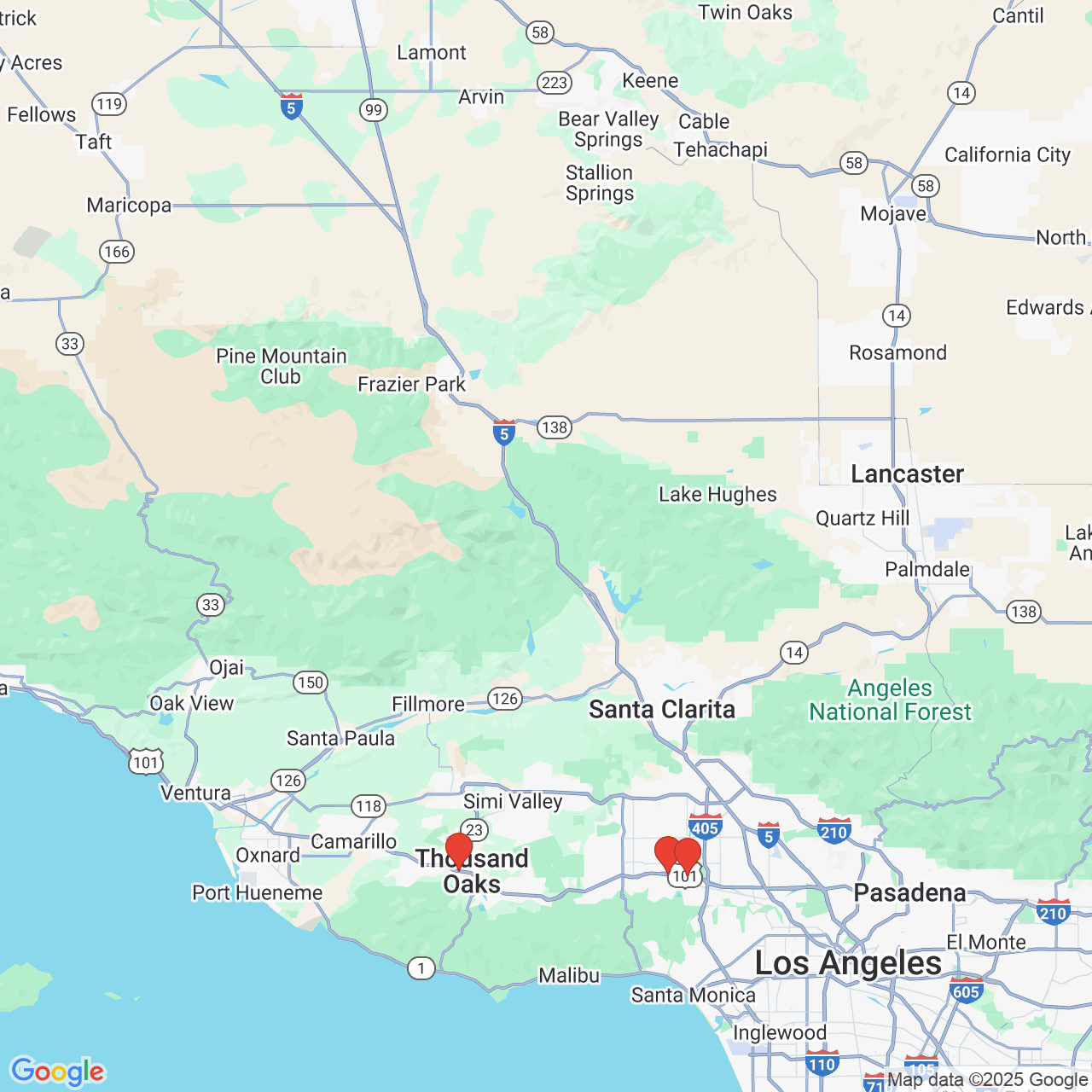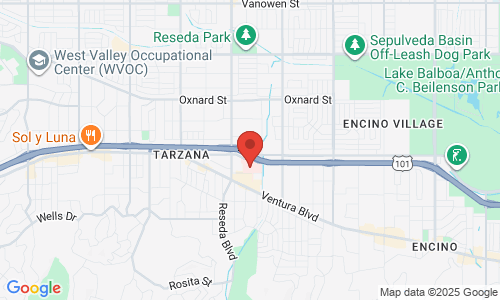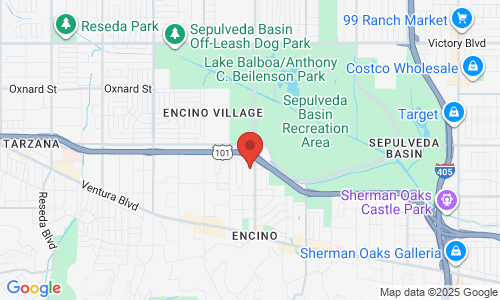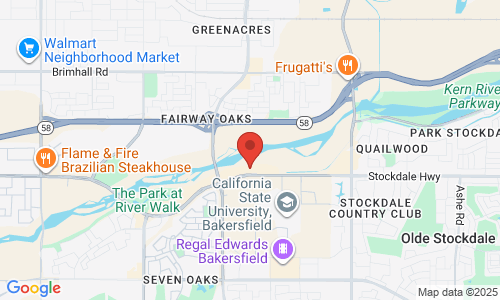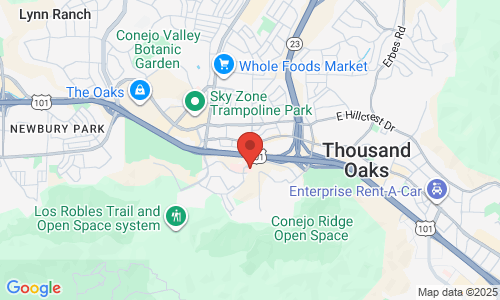Embryo Transfer: The Final Step in IVF Treatment
The final step of in vitro fertilization (IVF) treatment, embryo transfer, is performed as an outpatient procedure at our greater Los Angeles, CA-area fertility practice.
An IVF cycle starts with ovulation induction through the use of fertility medications. When a sufficient number of eggs have matured, they are retrieved from the ovaries. The eggs will then be mixed with sperm in a laboratory so that fertilization can occur. Finally, they are transferred to the mother's uterus. IVF requires patience and dedication, but it can be tremendously rewarding to hopeful parents having difficulty conceiving. If you would like more information about IVF or any other fertility treatments, please contact our office to schedule a consultation with one of our physicians.
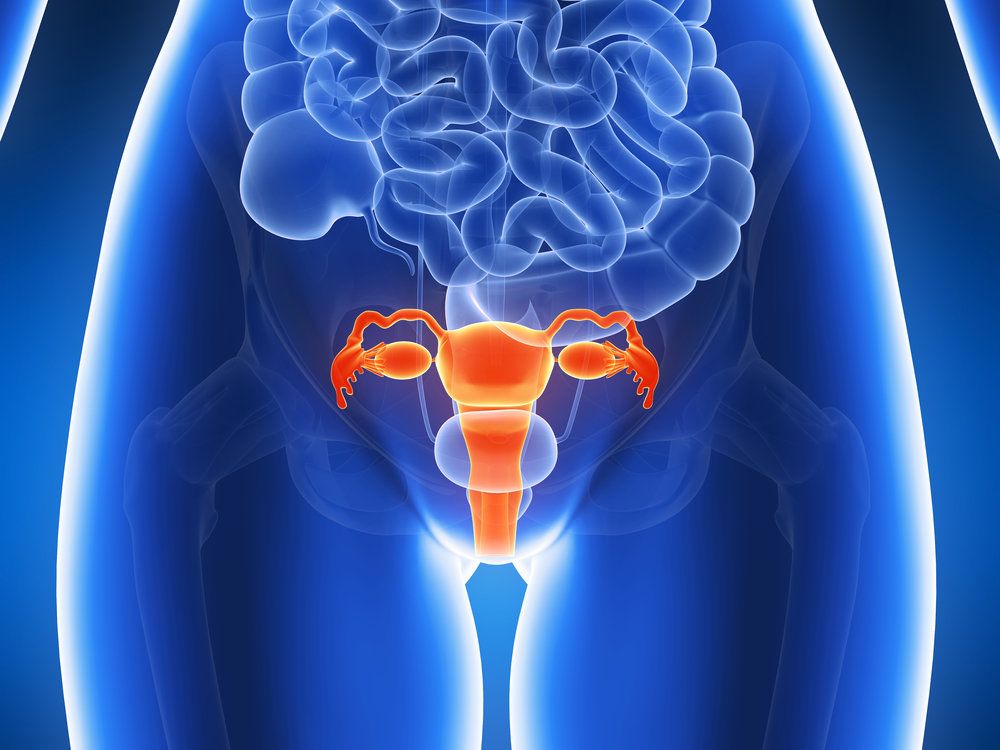
Completing the IVF Cycle
The final step in an IVF cycle is transferring the healthiest and most viable embryos to the mother's uterus for implantation. Three to five days after fertilization has occurred, the embryos can be tested for genetic defects, chromosomal abnormalities, and gender using PGT-M (PGD). This is an optional technique that allows our fertility specialists to select the most suitable embryos for transfer.
The transfer procedure will typically take place two to four days after fertilization has occurred, when the embryos have between two and eight cells. Your doctor will determine how many embryos to transfer to increase the likelihood of successful implantation and pregnancy.
The embryo transfer procedure can be completed in less than 20 minutes. Using ultrasound imaging as a guide, the doctor will introduce the predetermined amount of embryos through the vagina and cervix and into the uterus with a small catheter. Anesthesia is generally not required, and there is little pain or discomfort during and after the procedure.
Once the embryo transfer is complete, patients are encouraged to rest for the remainder of the day. For the next few days, our physicians recommend that you take supplemental progesterone or other medications to increase the chances of successful implantation.
Elective Single-embryo Transfer
Some patients may be candidates for elective single-embryo transfer (eSET). The embryos are allowed extra time to develop in the laboratory. When more cells develop, the embryo becomes a blastocyst, which has higher implantation rates. This higher rate of implantation allows our doctors to only transfer one blastocyst rather than multiple embryos.
ZIFT and GIFT
For patients who suffer from cervical obstructions or stenosis, or have had multiple failed IVF attempts, we can perform a zygote intra-fallopian transfer (ZIFT) or gamete intra-fallopian transfer (GIFT). These techniques involve the fertilized egg being transferred to the fallopian tube rather than the uterus. In the GIFT technique, the sperm and egg are mixed, and immediately transferred to the fallopian tubes. In ZIFT, the fertilized eggs (or zygotes) are transferred within 24 hours. Our team will help you decide which technique will give you the best chances of becoming pregnant.
Schedule an IVF Consultation
If you would like more information about the embryo transfer procedure, or any of the other steps involved in an IVF treatment cycle, please contact one of our offices to make an appointment with one of our doctors.
Embryo Transfer FAQs
Q: What is Embryo Transfer?
A: Embryo Transfer is a procedure that follows In Vitro Fertilization. Its objective is to aid conception following the In Vitro process. It is often seem as the simplest and final step of IVF. Embryos can be "fresh" from fertilized egg cells of the same menstrual cycle or "frozen", meaning that they have been cryopreserved and thawed just before transfer.
Q: What does the embryo transfer process entail?
A: A predetermined number of embryos are loaded into a transfer catheter that is passed through the cervix. An abdominal sonogram is used by the physician to act as a guide that shows the physician the appropriate spot at the top of the uterus; the embryos are then deposited from the catheter into the uterus. Patients are usually requested to have a full bladder as this makes the uterus easier to see with the sonogram.
Q: When should embryonic transfer occur?
A: Embryos are typically transferred three days after fertilization and may be at the eight-cell stage, or they are transferred 2-3 days later when they have reached the blastocyst stage. Embryos that reach the day three cell stage can be tested for chromosomal abnormalities by PGT-M (PGD) prior to transfer.
Q: What are the risks associated with Embryo Transfer?
A: The procedure is usually painless, with some women experiencing cramping. There is minimal risk with the transfer procedure. A major issue is how many embryos can be transferred. Placement of multiple embryos carries the risk of multiple pregnancy.
Q: Will any medications be required for embryo transfer?
A: You may receive an injection of HCG to help the ovaries produce more progesterone during the embryonic implantation phase. Your physician will know if any additional medications are required.
Q: What are the follow-up procedures post embryonic transfer?
A: After embryo transfer, patients are kept on estrogen and progesterone medication; pregnancy testing is typically done two weeks after the transfer procedure.

